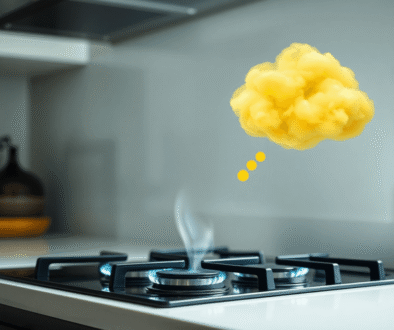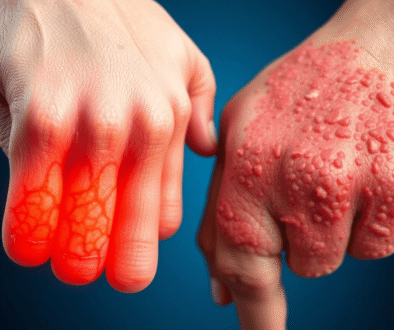The Silent Signs: How to Spot High Blood Pressure Before It Strikes
High blood pressure is often called the “silent killer.” Most of us feel fine, even while the numbers keep creeping up—and causing harm behind the scenes. We can go years without a clue, only to learn about high blood pressure after a health scare. While most people don’t notice symptoms, knowing the warning signs when they do show up could be life-saving.
Why High Blood Pressure Usually Goes Unnoticed
High blood pressure rarely announces itself. Usually, we won’t notice a thing. The early stages are quiet. Only when blood pressure climbs much higher do symptoms appear, if they show up at all. That’s why routine screening matters so much.
When blood pressure spikes only a bit above normal, we usually feel the same—no warning bells, no extra signals. This lulls many into a false sense of security. But the real trouble begins in silence. Even without obvious signs, the heart, blood vessels, kidneys, and eyes can sustain damage over time. By the time symptoms do make an entrance, the stakes are high—these signs often mean our bodies are under real stress.
To learn more, see the full list of typical symptoms and causes from the Mayo Clinic.
Recognizing the Warning Signs: Symptoms That Can Signal Danger
Let’s look at some of the rare but important symptoms. These signs don’t show up for everyone, but when they do, they’re a red flag. We should know what to watch for.
Common Symptoms in Severe Cases
 Photo by cottonbro studio
Photo by cottonbro studio
Some of us may notice symptoms, but these usually don’t show until blood pressure is dangerously high. Symptoms may come and go, and not everyone experiences them. Here are a few to keep in mind:
- Headaches: Not just any headache, but persistent or pounding pain—often centered behind the eyes or at the temples.
- Dizziness: Feeling lightheaded or like the room is spinning.
- Blurred Vision: Sudden changes in sight, double vision, or seeing spots.
- Nosebleeds: Frequent or unexplained nosebleeds could be linked.
- Shortness of Breath: Struggling to catch our breath even when resting.
These symptoms tend to show up late in the game, so waiting for them as a “warning sign” is risky. Learn more about the typical signs from the American Heart Association.
Emergencies: Hypertensive Crisis Symptoms
A hypertensive crisis is a medical emergency. At this stage, blood pressure readings soar, and damage happens fast. The signs can be alarming and demand quick action:
- Severe Headache: Not relieved by usual medicine or rest.
- Chest Pain: Pressure, tightness, or aching sensations.
- Shortness of Breath: Difficulty taking a full breath, gasping, or persistent coughing.
- Confusion: Trouble thinking clearly, sudden sense of fog, or even fainting.
- Sudden Vision Changes: Loss of sight in one or both eyes, double vision, flashing lights.
When blood pressure readings hit 180/120 mmHg or higher, and any of these symptoms pop up, urgent care is the next step. The Cleveland Clinic explains more about when to seek immediate help.
Unseen Damage: How High Blood Pressure Can Harm the Body Silently
Most damage happens out of view. We might not feel a thing, yet high blood pressure is quietly affecting vital organs. Over months or years, it wears down key systems. Some of the main targets include:
- The Heart: High pressure makes the heart work overtime, which can cause heart failure or hardening of the arteries.
- The Kidneys: These sensitive organs struggle and may stop working well, sometimes needing dialysis.
- The Eyes: Tiny blood vessels can burst or leak, sometimes causing permanent vision loss.
- The Brain: Increased risk of stroke or cognitive decline as vessels weaken and burst.
Most of us won’t spot this happening. Regular checks are the only way to find out before real damage occurs. For more, see the NHLBI overview on silent hypertension.
Why We Shouldn’t Wait For Warning Signs
Most people with high blood pressure feel completely normal. That’s why high blood pressure is risky. Signs and symptoms aren’t reliable guides. By the time a symptom appears, our bodies may already be under severe strain.
Checking blood pressure is painless and easy. Once we know our numbers, we can work with our doctors to lower them safely. Even small changes in daily habits can make a difference. Regular screening, not waiting for warning signs, prevents problems long before they start.
Let’s watch for any symptoms, but not depend on them. We owe it to ourselves and our loved ones to stay alert—and to check our numbers. This simple step can save lives for years to come.


